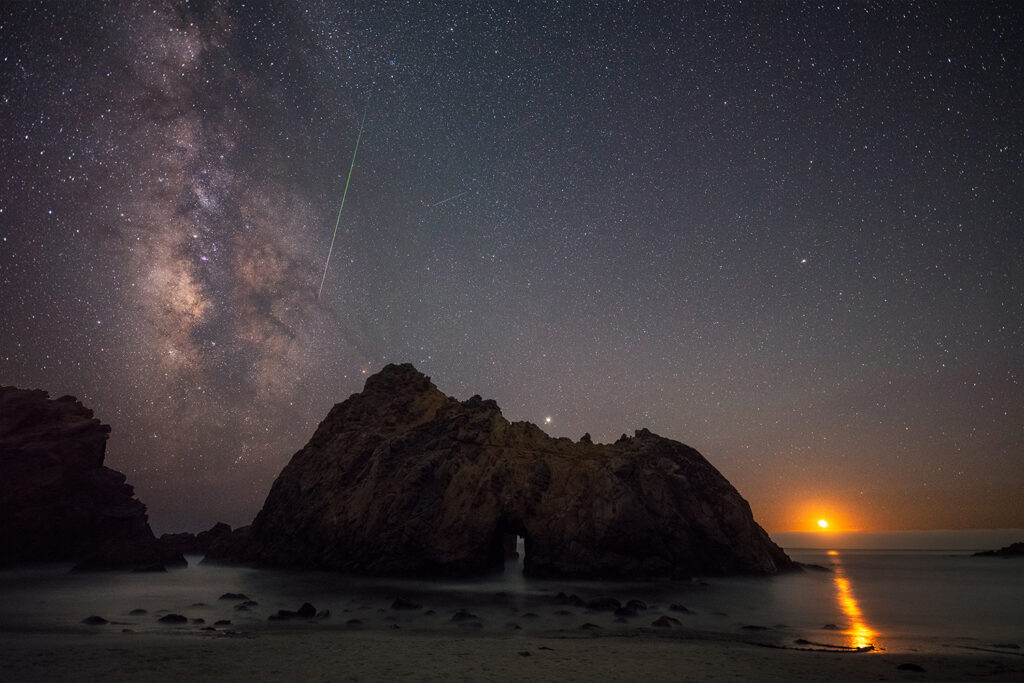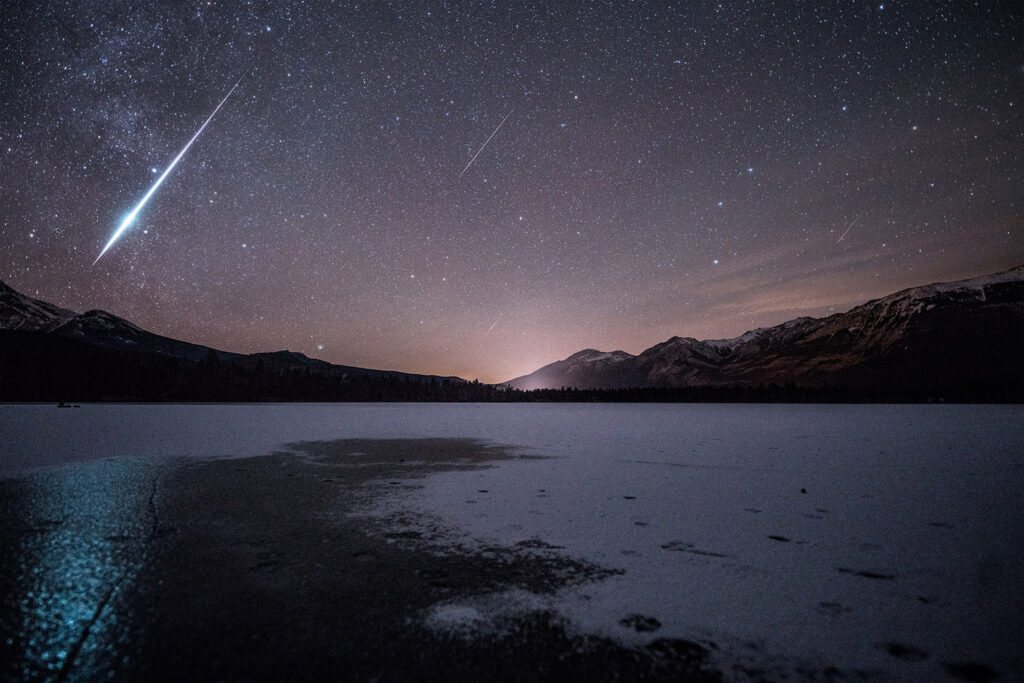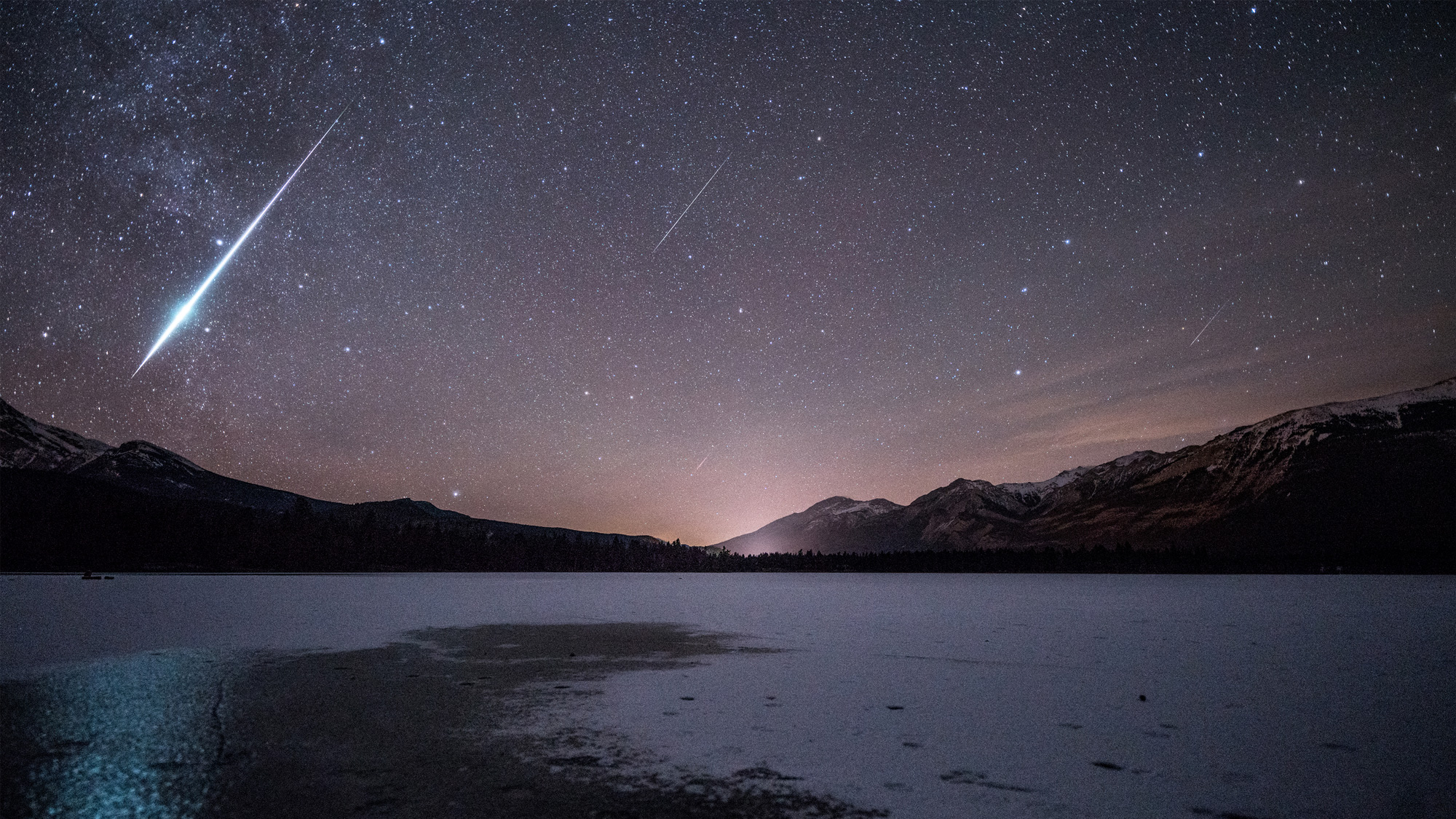
With a outbursts that can reach up up to 200 meteors per hour, the annual Perseid meteor shower is not something you want to miss! The Perseids are typically active in late July through late August, with the peak of activity occurring in mid-August. Of course, there are other meteor showers throughout the year, but the Perseids are perhaps the most famous here in the US. Here’s a list of three top tips on how to photograph meteor showers:

- Intervalometer / Remote Shutter Release – Perseid meteors are estimated to travel at 133,200 mph, so you’ll want to make sure your camera isn’t skipping a beat and keeps on shooting! Once you finish taking your test shots, set your camera to continuous or burst mode, and lock down the release button on the remote you’re using. This will have your camera take photos with as little space in-between as possible and help increase your chances of capturing a meteor. Skip in-camera noise reduction, too!
- Lens Selection & Focus – A fast, wide-angle lens will be your best bet when heading out to shoot a meteor shower. Since your goal is to let in as much light as possible, you’ll want to select a lens capable of shooting at F2.8 or ideally F1.4 while still being super-sharp. My personal go-to lenses are the SIGMA 14mm F1.8 DG HSM | Art or SIGMA 24mm F1.4 DG HSM | Art.
NOTE: Since this article was published, there are even more amazing SIGMA fast prime lenses perfect for astrophtoography and capturing meteor showers, including lenses made exclusively for mirrorless cameras. Find them here!
When lining up your composition, you’ll want to focus the lens to infinity to help keep everything in focus. Be sure to take a few test shots and make sure both your stars and foreground objects are sharp before moving on. - Find Dark Skies & Let Your Eyes Adjust – The further away from light pollution that you can position yourself, the better your chances of seeing and capturing meteors. You can use sites like cleardarksky.com to look at light pollution maps and plan your location in advance. Be sure to arrive early so you can find an interesting foreground before it gets too dark.
Once you’re all set up, try to avoid using anything that will create artificial light. If you need to move around, try to only use a red light to protect your night vision. Letting your eyes fully adjust to the dark will help your odds of spotting meteors and make for a more enjoyable night.
These tips should have you well on your way to capturing some meteors. Good luck and be sure to stop back and leave a comment with your results!


